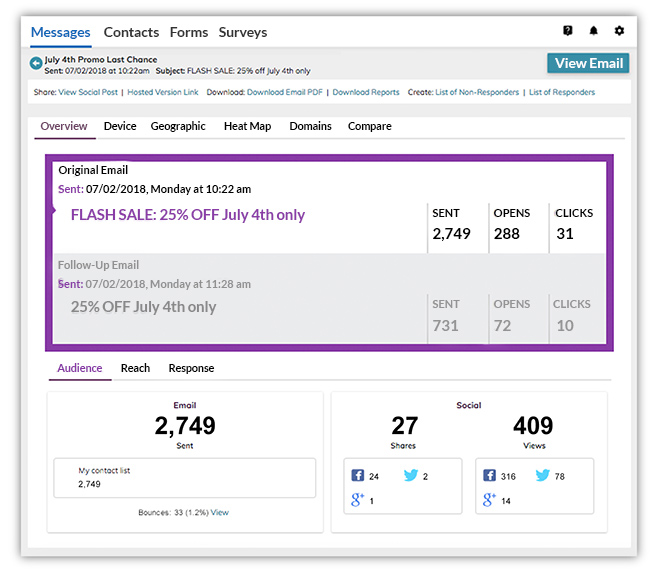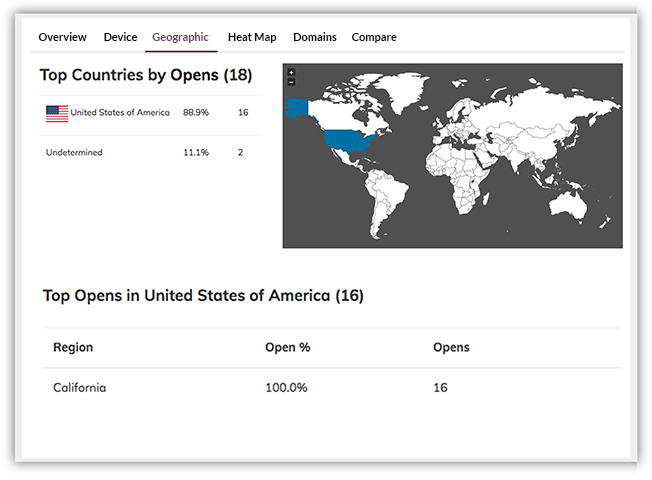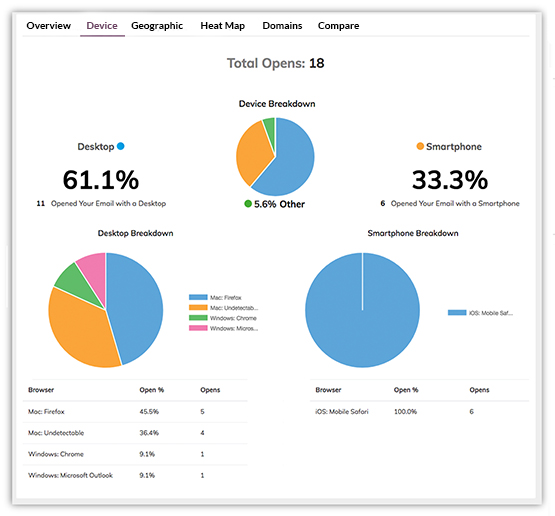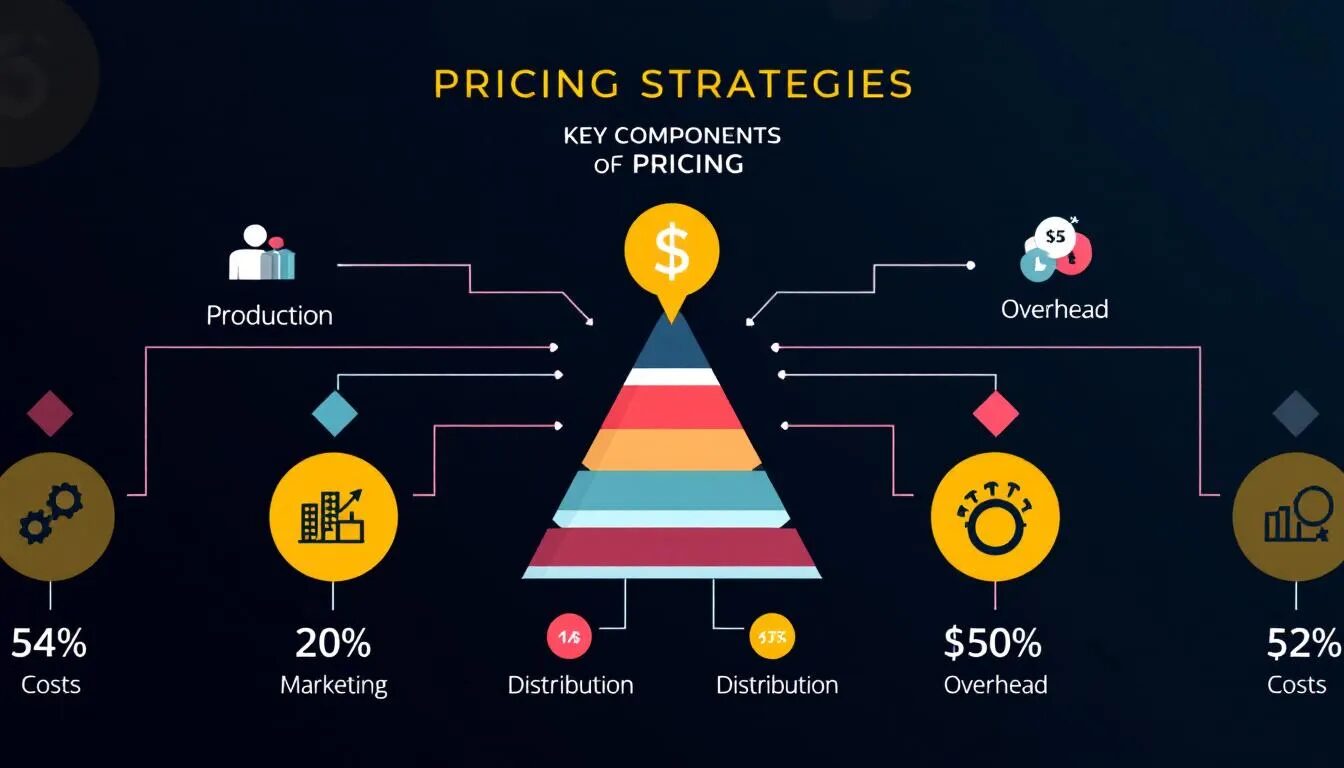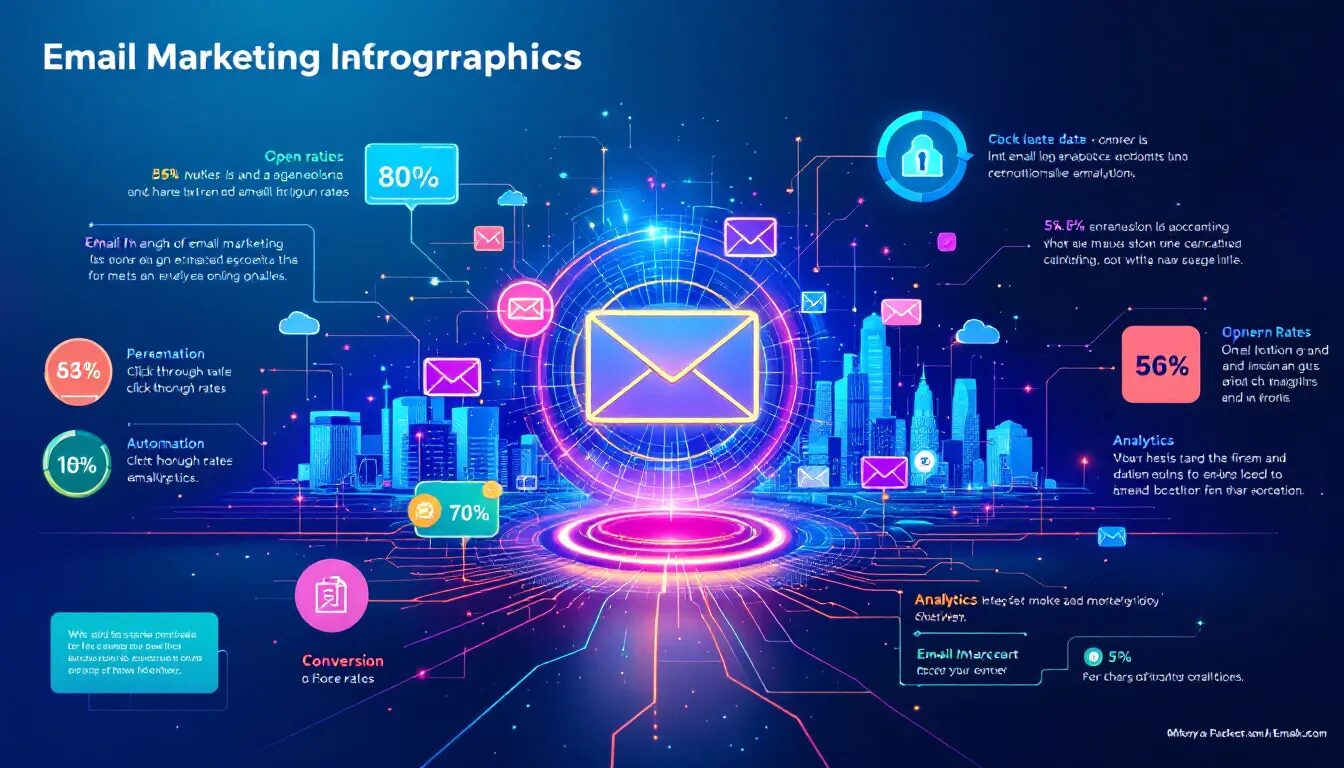
Top 8 Email Marketing Metrics You Should Be Tracking
Email marketing is one of the most effective ways to reach out to your customers and generate more revenue for your business. Did you know? In 2022 over 4 billion are actively using email.
In order to make sure that your email marketing campaigns are successful, you need to track the performance of your emails. In this blog post, we will discuss the most important email marketing metrics that will help you gauge the success of your email marketing campaigns.
Open rate:
The number of people who have opened your email. This metric is important because it shows you how many people are actually interested in the email content that you are sending.
When you know your opens, you can start segmenting your email list by those who open email vs. those that don’t to ensure you are tailoring content specifically for them. Also opens allows you to benchmark email performance over time and see what subject lines, calls to action, or email content is resonating most with your audience.
A low open rate in email marketing could mean that your email list is stale, you’re not using an engaging subject line, or your email content is not relevant to what your subscribers want. If this is a problem that resonates with you check our previous blog post in which we discussed how to grab your customer’s attention when sending an email
Clicks:
Users who clicked on a link in your email. Clicks are important because they show you how many people are interested in learning more about the product or service that you are promoting. For example, if you are sending an email about a new product that you are selling, you want to know how many prospects clicked on the link to learn more about that product.
If your click-through rate is low, it could be because your email content is not relevant to your audience or the call to action is not clear. You could also test different subject lines or email content to see what resonates most with your audience.Check out this previous blog post in which we cover this topic in depth.
Bounces:
The total amount of email addresses that could not be delivered. There are two types of bounces, hard bounces, and soft bounces. A hard bounce is when an email address is invalid and a soft bounce is when an email is temporarily undeliverable (for example, if a mailbox is full).
It’s important to monitor your bounce rate because a high bounce rate could mean that you are emailing people who have moved or no longer use that email address. This could hurt your sender’s reputation and make it harder for your emails to get delivered in the future.
Unsubscribes:
How many users on your audience have unsubscribed from your email list. Although it may seem counterintuitive, tracking your unsubscribe rate is actually important because it allows you to gauge the health of your email list. A high unsubscribe rate could be a sign that your email list is stale or that the content you are sending is not relevant to your subscribers. We already covered how to increase your email marketing deliverability in this previous blog post.
Social engagements:
This means users from your audience who have clicked on a social media icon in your email. Social engagements are important because they allow you to gauge how well your audience is receiving your email. If you see a high social engagement rate, it could mean that people are sharing your email with their friends and family.
Geolocation:
The geographic location of your email subscribers. This metric is important because it allows you to segment your email list by location. For example, if you are a retailer with stores in multiple states, you might want to send emails that are specific to each state.
Heatmap:
A heatmap is a graphical representation of where people have clicked on your email. This metric is important because it allows you to see which parts of your email are getting the most engagement. If you see a lot of clicks in one area, it could mean that people are interested in that particular product or service.
Device:
The type of device that people are using to view your email. This metric is important because it allows you to segment your email list by the device. For example, if you see a lot of people opening your email on a mobile device, you might want to send emails that are specifically designed for mobile devices.
Interested to find out more? Browse the rest of our blog for other marketing tips. If you’re ready to create your first email, survey, sign-up form, or landing page then register for a free trial to get the tools you need to build powerful email marketing campaigns!
© 2022, Vertical Response. All rights reserved.
